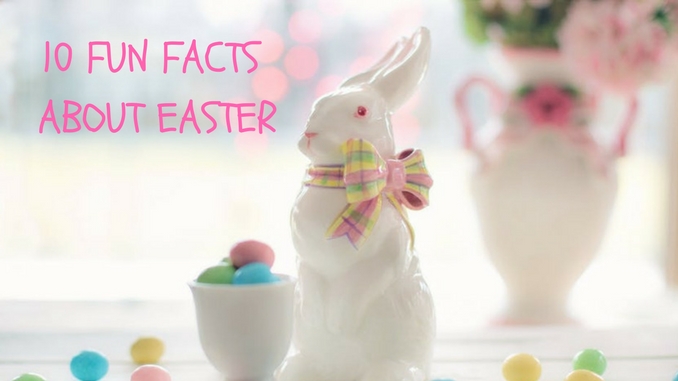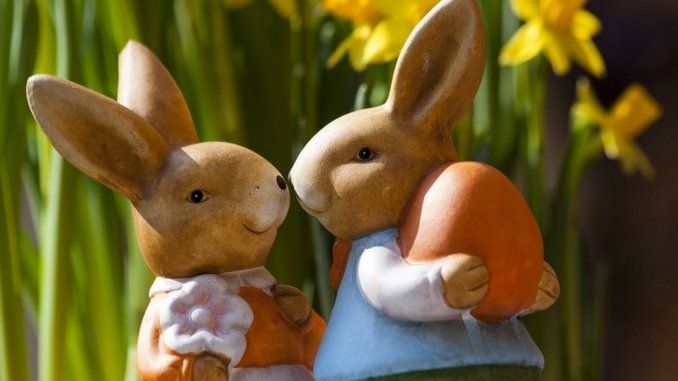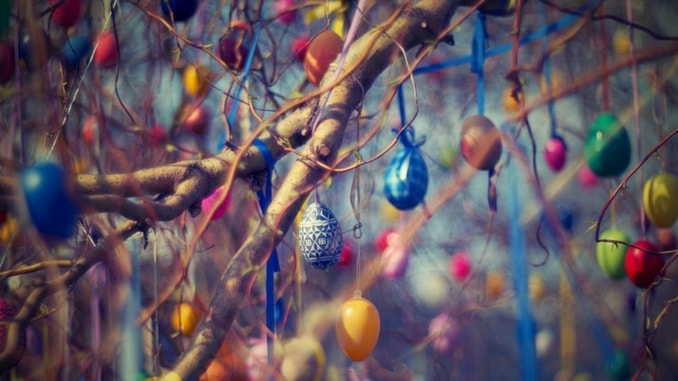No matter how old you are or where you are in the world, Easter is a fun family tradition that never gets old. We are bringing you ten interesting facts about Easter that you probably didn’t know about:
1. The custom of giving eggs at Easter has been traced back to Egyptians, Persians, Gauls, Greeks and Romans, for whom the egg was a symbol of life;
2.Easter is celebrated at different times by Eastern and Western Christians. That’s because the dates for Easter in Eastern Christianity are based on the Julian Calendar.
3. The art of painting eggs is called pysanka, which originated in Ukraine. It involves using wax and dyes to color the egg;
4. The term Easter gets its name from Eastre, the Anglo-Saxon goddess who symbolizes the hare and the egg;
5. The exchange or giving of Easter eggs actually dates back to before Easter and the giving of eggs is actually considered a symbol of rebirth in many cultures;
7. Easter is the celebration of the resurrection of Christ; it is the oldest Christian holiday and one of the most important days of the year;
8. Americans consume more than 16 million jelly beans during this holiday. That is enough jelly beans to circle the globe not once, not twice, but three times. 9. Are you an ears, arms or tail person? Seventy-six percent of people eat the ears on the chocolate bunny first, 5 percent go for the feet and 4 percent for the tail. 10. During the holiday, more than 90 million chocolate bunnies, 91.4
9. The first story of a rabbit (later named the “Easter Bunny”) hiding eggs in a garden was published in 1680.
10. It’s estimated that Americans spend $131, on average, every Easter.Between the candy, dinner, and decor, that’s a big chunk of change. And such a weird figure, too — hopefully, that “1” in “131” is allotted for peanut butter eggs.
This story originally appeared on: elitedaily.com




